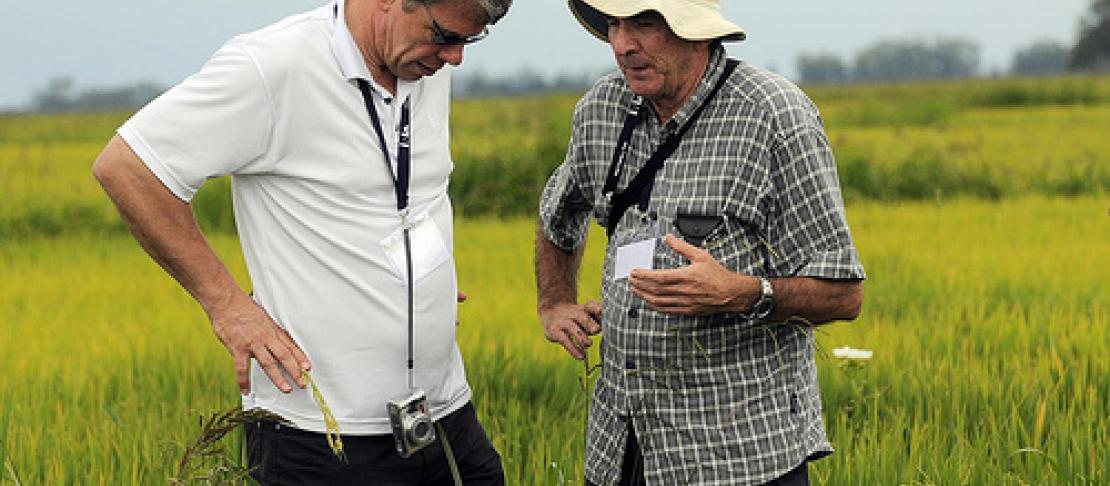Promoting integration and dialogue within the context of global change

By Moushumi Chaudhury
Two popular themes at the Planet under Pressure conference seem to be integration of knowledge and promotion of dialogue. Scientists, regardless of disciplines are all for this – at least in theory. As we all know, it’s very challenging to convert theory into practice. The session on Challenges of Integration, however, provided many tips on how to make better connections and integrate knowledge between scientific and non-scientific communities. In particular, it focused on moving away from “interdisciplinary” that focuses on working within ones discipline to a truly more integrated way of working referred to as “trans-disciplinary” that can promote dialogue amongst those not part of ones discipline.
Examples of trans-disciplinary work were shared by the presenters. For instance, Wolfram Mauser from the University of Munich explained that one way to promote trans-disciplinary work is by ensuring that participants engage in an “interface marketplace” where participants interact and integrate their understanding of an issue. Mauser used tools such as “Unified Modeling”, which helps to develop a common language by different actors to integrate knowledge. Dr. Amy Snover from the University of Washington stressed that the areas in which we want to promote integration and dialogue are areas where scientific interests and information demand overlaps.
One of the major points of discussion was how do we evaluate processes that promote trans-disciplinarily? The paper I presented (PDF), co-authored by scientists from the CGIAR Research Program on Climate Change, Agriculture and Food Security (CCAFS) and partners, specifically addressed this question. We used criteria of evaluating how effective we were in integrating different knowledge from different sectors, and promoting dialogue by evaluating credibility, salience, legitimacy and capacity building (CSLCB) of the process while developing multi-stakeholder, participatory regional scenarios in East Africa. Based on our assessment, we found that it is extremely important to spend time identifying participants from a wide range of sectors who can make significant contributions. We also found the need to integrate both qualitative and quantitative information to bridge disciplines and to involve the media to create products that reach a wider number of target groups. We have submitted this paper to Regional Economic Change journal. Click here to see the corresponding presentation from the conference session (PDF).
The session ended with excellent questions raised, such as what is the added value of integration? And, whose knowledge is worth integrating? From my experience working on building regional scenarios with my CCAFS colleagues, the added value of integration was clear. 93 percent of our participants in the scenario development process stated that due to the process of integrating knowledge across disciplines and promoting transparent dialogue, they would actually use the scenario process in their own work as a decision making tool. 71 percent felt that that the scenarios would be a very useful tool for policy makers because it presents plausible options. And 79 percent felt that skills in developing scenarios were built. This is significant impact demonstrating the value of integration. With regards to whose knowledge is worth integrating, well the process of integrating knowledge and promoting dialogue will lead us to a common knowledge where ownership of knowledge no longer becomes an issue because integration is for the common good.
This blogstory was written by Moushumi Chaudhury, CCAFS Science Officer Theme 4.1: Linking Knowledge with Action. Follow the coverage of the Planet Under Pressure conference all week at this blog and on our twitter @cgiarclimate and Facebook. You can also see the full list of CGIAR events and stories from the conference.